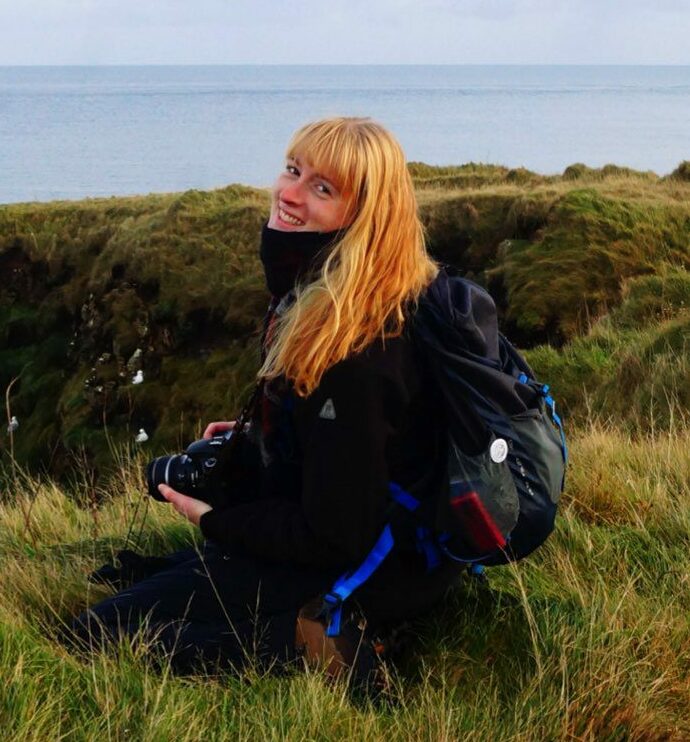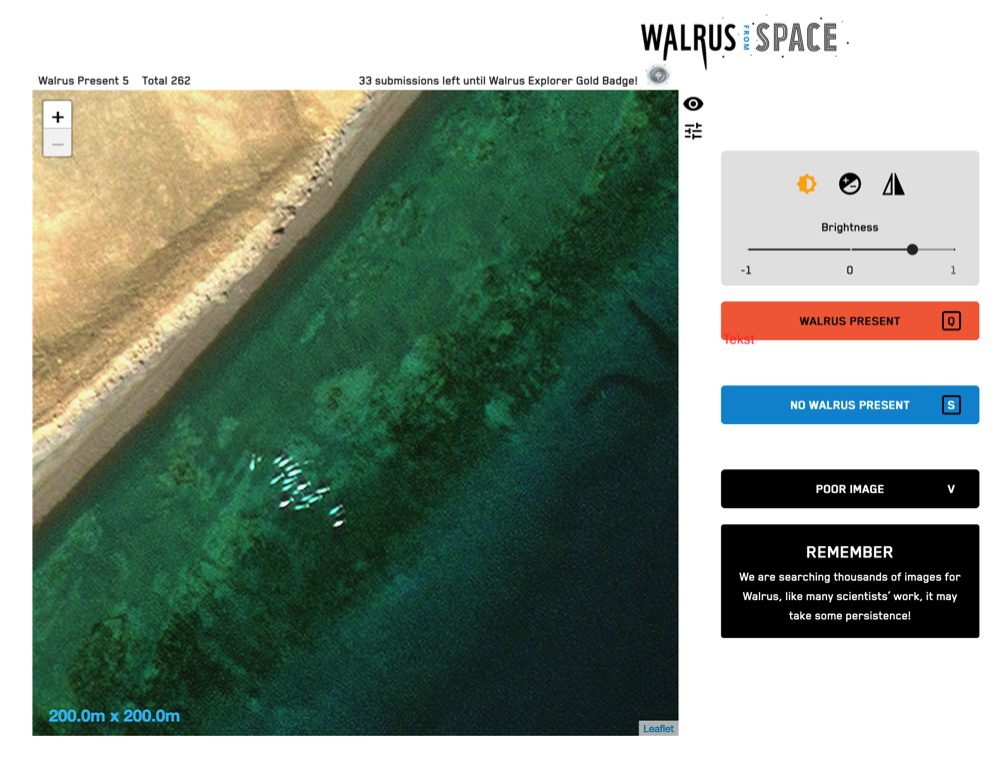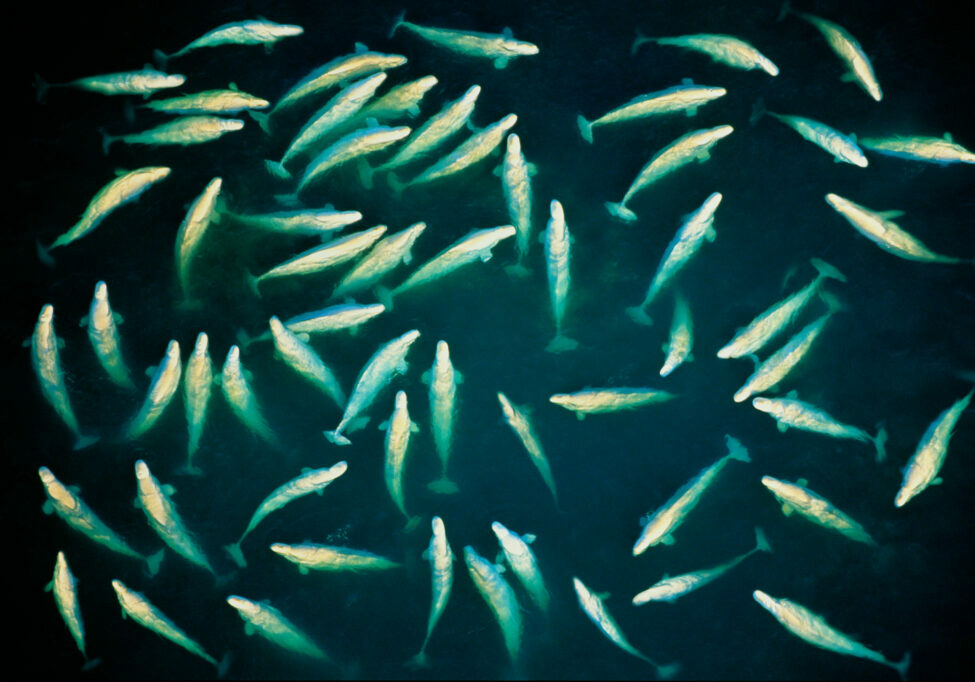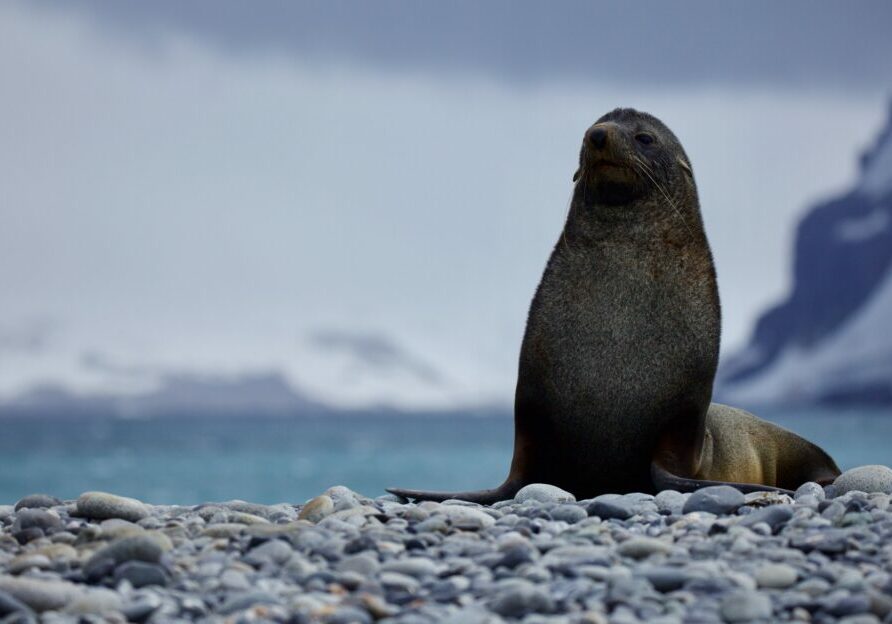
© FRANCESCA RAUSCH
Evy Schouten is a freelance photographer from the Netherlands. She’s also one of the volunteers who are taking part in our Walrus From Space project (in partnership with British Antarctic Survey), helping us to monitor these mighty marine mammals. Here, she shares her experiences of the project, including a surprising find and the importance of citizen science.
Why did you decide to take part in the Walrus From Space project?
Since I was little I’ve been a WWF supporter. I was always very motivated whenever there were projects to raise money for whatever animal or project was highlighted that year. So now Walrus From Space is a very nice opportunity to be involved even without experience. I’m happy to be able to do something ‘physical’. Not just donating money, but actually doing something myself and having a direct role in the project.
How easy was it to start using the Walrus From Space website?
With the instructions given, it was quite easy to use. I think the most difficult part is actually recognising the walruses and not mistaking them for barrels or rocks!
How often do you use the Walrus From Space website?
In general, I use it a few times a month. In winter 2021 I used it more often, I think because there were still some restrictions due to the pandemic so there were a lot of evenings sitting at home quietly – perfect for spotting walruses!
How easy is it to see the walruses in the images? And how many have you spotted?
I would say pretty easy, but there are times when you just aren’t sure if you’re looking at rocks or walruses. Sometimes the image quality isn’t great, so I always click for the ‘walrus present’ option, even if I’m not sure. I think it’s better to have some fake walruses than to miss a few out!
I’ve probably seen hundreds of walruses. But on a satellite image they’re usually together in groups and it’s quite hard to count them individually.

© EVY SCHOUTEN / WWF
Have you seen anything interesting, apart from walruses, in the images that you’ve studied?
As a photographer, I’m quite fascinated by the images in general. Seeing the landscapes from above, they’re basically artworks. So sometimes I make screenshots from images I really like. One time I spotted a group of belugas right next to the shore – that was pretty exciting. I was quite certain they were belugas, but I wanted to know for sure so I made a screenshot and sent it to WWF. I received a really nice email back, confirming that they were indeed belugas! And they’ve now added an option to the site to record ‘other wildlife present’.
Do you have any experience in conservation or science? Would you say that volunteers can take part with any sort of knowledge or experience?
My background is in film and photography, so I have no experience in conservation or science on a professional level. But I’m involved in a conservation project in my local area, which is mostly about restoring the landscape to bring back heather, mosses and the original sand dunes. I do think it’s possible for volunteers to take part in Walrus From Space without the knowledge or experience.
Sometimes I wish there were more opportunities for people without professional experience to take part in conservation projects. I think different backgrounds can really complement each other in a project, because so many different perspectives are brought in and you might come to solutions no one has thought about before, and that can make a big difference.
Would you recommend taking part in Walrus From Space to other people?
I already have! But I think you must have a certain interest in the topic and the project. In my daily life I’m quite involved in sustainability and I love nature, so for me it’s something I really enjoy doing. Of course, it would be even better to work on projects on location, with actual people and animals, but when that’s not possible, this is a nice way to be involved.
Getting involved in this way makes you feel more connected to WWF and its projects, which can sometimes feel so far away from your day-to-day life.
Become a walrus detective too!
If you’d like to help study walruses, just visit our Walrus From Space page and sign up. It’s quick and easy to get started.

